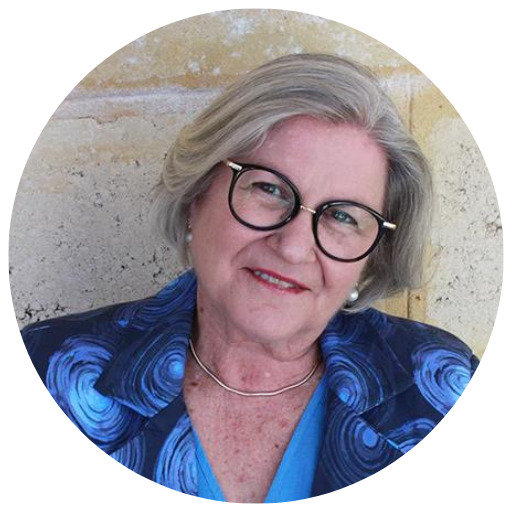In this episode of Add To Cart, we are joined by Amanda Healy, Founder and Managing Director at Kirrikin
A proud Koori woman, Amanda has more than 30 years experience in mining, but when she noticed the lack of authentic Indigenous products, she took matters into her own hands and in 2014, she launched her own brand. Kirrikin is a luxury fashion label that showcases Indigenous art and offers customers the opportunity to directly support the artist behind the design. In 2021, Amanda’s brand even hit the runway at Australian Fashion Week and has started to expand overseas into the US and Europe. I really enjoyed hearing Amanda share some of the stories that are woven into Kirrikin’s fabrics and her experience of taking Australian culture overseas. We also chatted about her thoughts on the Voice, the impact it could have on the Indigenous community and the challenges she has faced as a First Nations entrepreneur.

“They’re hungry for our stories, they wanna know who we are”
Amanda Healy
Social return to community
“I describe Kirikin as a social enterprise and my elevator pitch is we print gorgeous, authentic Aboriginal art onto luxury fabrics and turn them into clothing and accessories. But the work that we do really, the thing that inspires me most and what gets me out of bed in the morning, of course, is the social return to the community.
The artists get payment every quarter. We help out single mums. We are currently running training programs to help Aboriginal women succeed in their life, but also to understand the basics of business and commerce and to actually develop their skills in that space. So that to me is probably way more important than the actual product itself, even though I have to say they’re very beautiful.”
Recognition
“I think we’re the only formally colonised country in the old British Empire, that doesn’t have a treaty. There’s been treaties in the United States since the 1920s, in Canada, since the 1940s or something like that. They have a really well-developed system of consultation with their indigenous people. It doesn’t exist here in Australia. New Zealand have their Waitangi agreement.
That’s all existed everywhere else. They have rights. They’re recognised as the traditional owners of those countries. We aren’t yet. We still don’t have any recognition at all in that area. So I think the initial step of a vote of yes has to make a step change for us, because all of a sudden we’ll be seen as actually the people that have been here for 50 or 60,000 years.”
Europe is hungry for our stories
“We were able to take a cultural dance, a couple of models, a backstage person, a whole Indigenous team, which is probably about the first time that would have ever happened anywhere. We went over (to Brussels) and put on a fabulous show in this amazing art and history museum. It was a really fabulous exercise for us because the things that came from it were after the show, everybody in the audience, and there was an audience of probably about 80 people, from the United Nations, from the EU, from NATO and from the local fashion community.
And they were pulling us up afterwards and saying, that was the best show I’ve ever seen. How amazing was that? And a number of people said, we have never seen anything as good as that before. But what was really, really special about it is our young models, for the first time for many of them, they were treated with real interest and respect.
It opened my eyes to the notion that actually there’s a really decent market in Europe. They’re hungry for our stories. They wanna know who we are. And it’s a platform for us to educate and inform about Aboriginal Australia that we’re still here, we’re still doing, we’re still making, and we’re still growing.”
Links from the episode
This episode was brought to you by…






